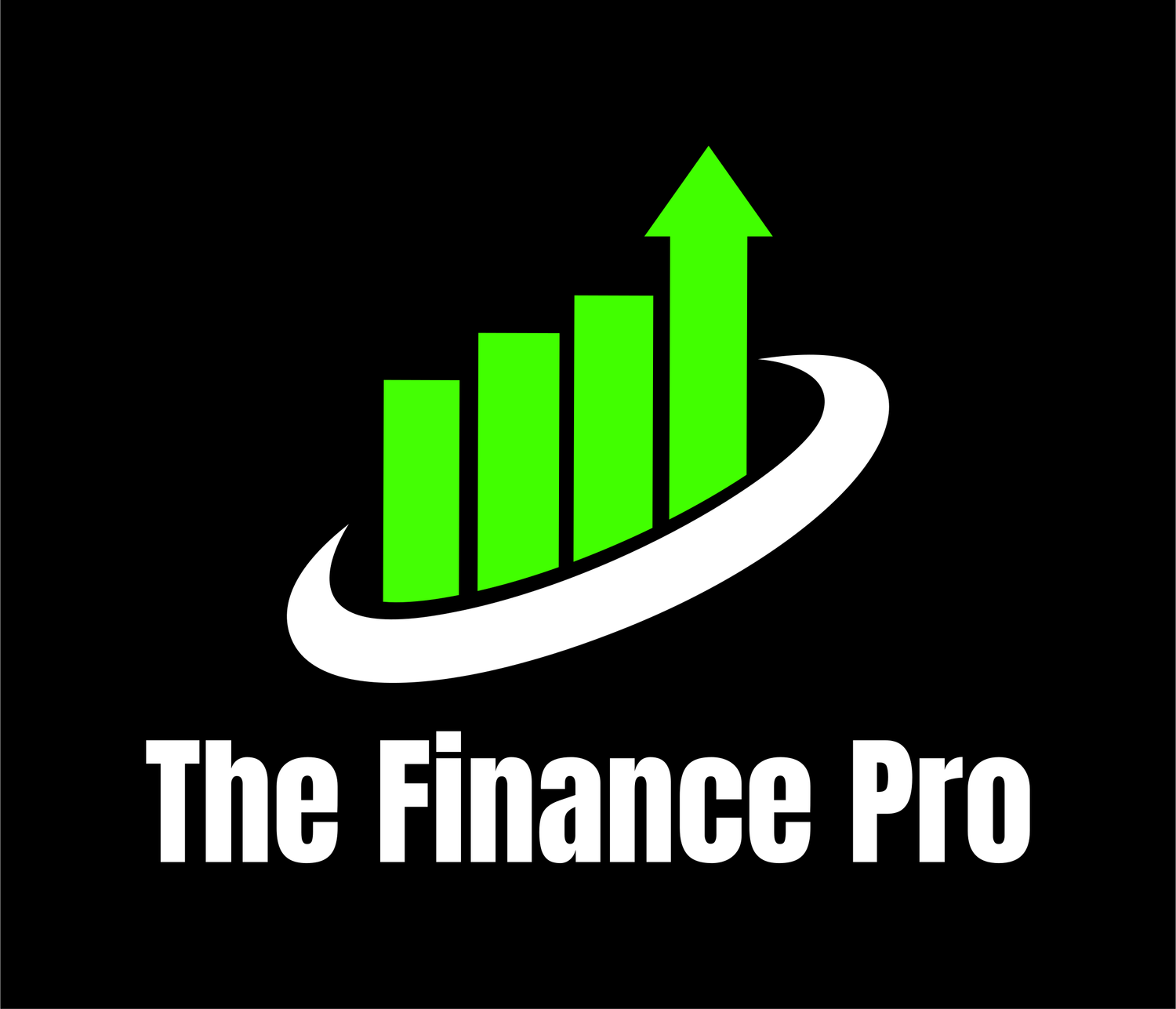3: Developing a pricing strategy
Pricing impacts your topline and it impacts your bottom-line, it affects your short term and affects your long term.
We’ve seen far too many pricing mishaps that have proven to be irreversible in the future. My favorite (mishap) one is the lifetime freemium plan.
Before Slack was acquired by Salesforce in mid-2021, 85% of their 600k users were free users. Fast forward to today, Slack’s y/y revenue growth has dwindled from 18% in FY’24 to 13% in FY’25. If this is not a testament to freemium pricing gone wry, I am not sure what is.
Freemium is not a pricing plan, it is a Go to Market strategy.
Early stage founders need to be clear and thoughtful about their pricing strategy. Whilst it is not essential to have a comprehensive sense of the strategy at that stage, a good investor will want to understand the logic behind the numbers. This could be make or break on your first funding.
Mid and late stage companies need to be detailed and be aware of the point at which pricing is well optimized.
The Finance Pro provides counsel to early, mid stage and late stage companies in the area of Monetization and Pricing and here’s a rough template that is useful in forming a pricing strategy:
1. Know your current unit costs
Before charging customers, it is important to understand what you are getting charged or could be getting charged. Tariffs and external market forces add further complexity to this very first step and make sourcing more expensive in a direct sense. To make things a little less straight forward, external forces on your vendor base indirectly can have an impact on your costs.
2. Competitive landscape
This is relatively easy if pricing is available on competitor websites but is particularly challenging if your target market falls within the ‘Enterprise’ or ‘Custom’ section. Understanding where your price stands versus competitors is essential to forming a pricing strategy.
3. Pricing Models
There are more than a handful of pricing models ranging from Fixed to Dynamic ones, choosing the correct or mixture of both requires some complex data analysis and modeling. The adoption of AI has led to another few handful of models to be developed - AI -augmented, outcome based, to name a couple.
4. Test the theory
Now that you have a draft proposal, you’ll need to test for demand signals. One time’s a charm? Great! If not, rinse and repeat.
Developing a pricing strategy is a complex, detailed, cumbersome but rewarding process. I always let these great gentlemen inspire me when I’m working on one for my clients:
“The single most important decision in evaluating a business is pricing power.” — Warren Buffett
“Pricing is by far the biggest tool for earnings improvement.”— McKinsey & Co
“You know you’re priced right when your customers complain—but buy anyway.” — John Harrison
“Nowadays people know the price of everything and the value of nothing.” — Oscar Wilde
Book a time with me to talk more, it is never too soon to have a chat!

